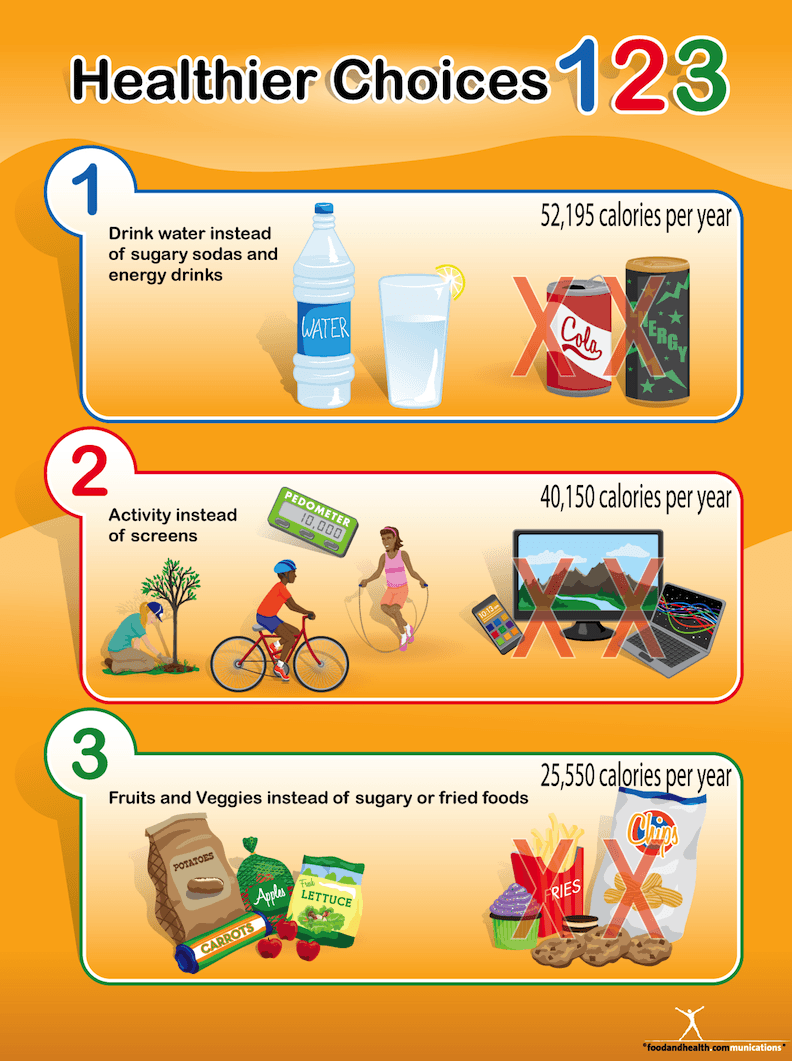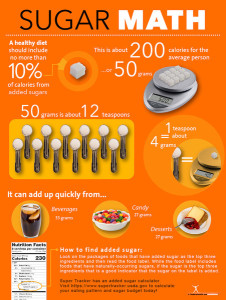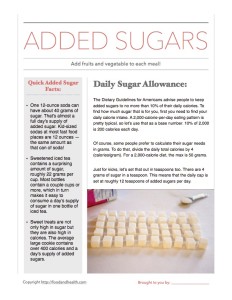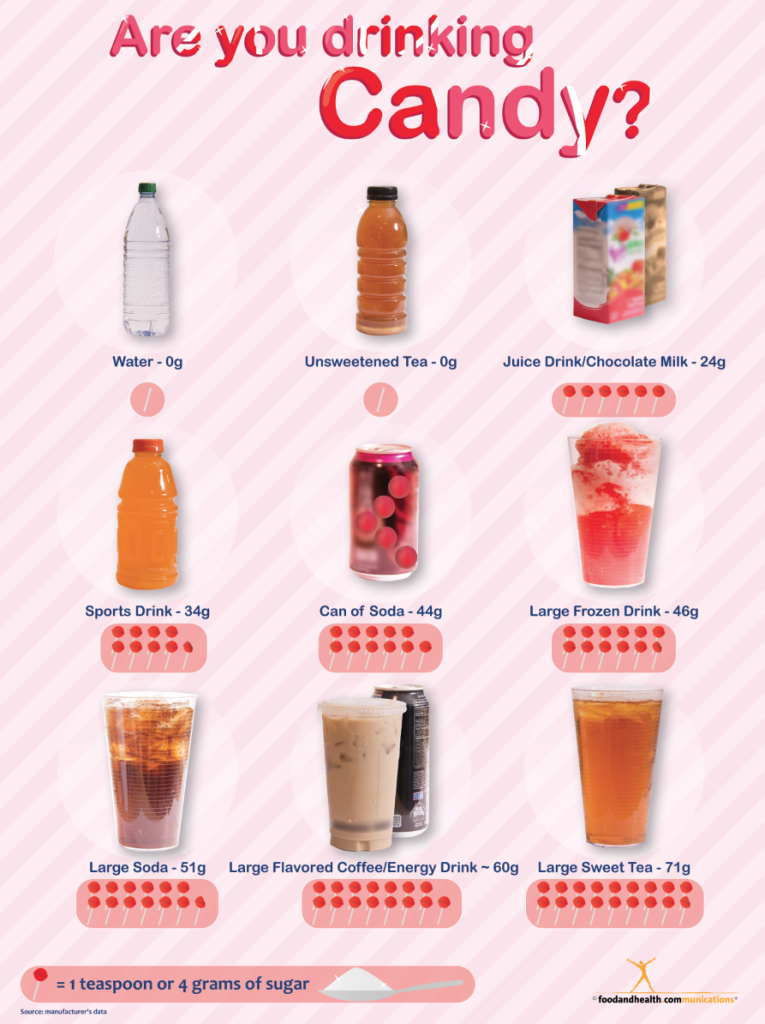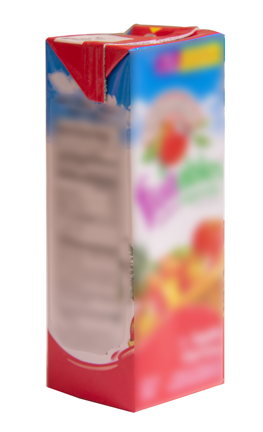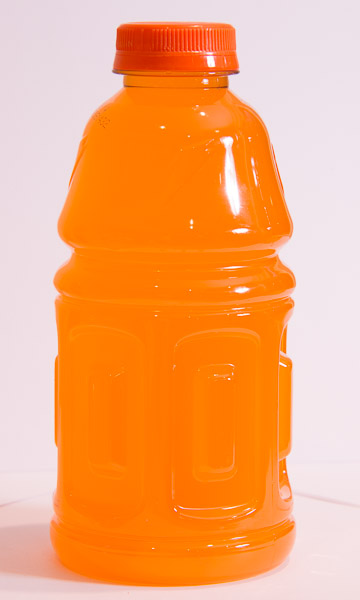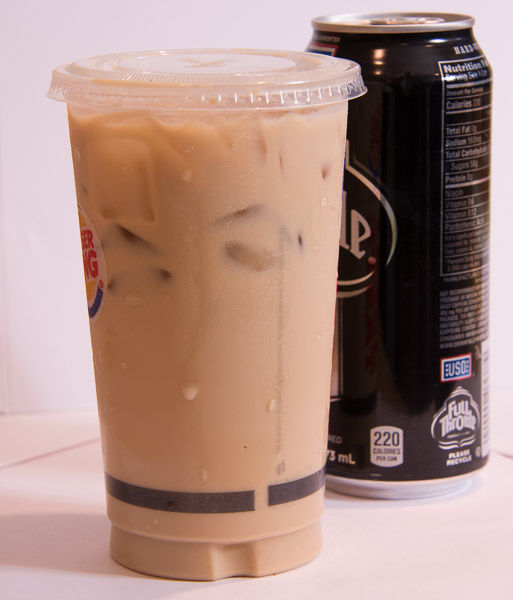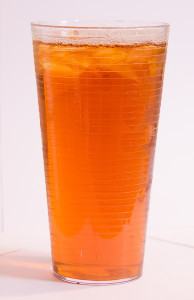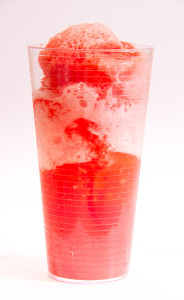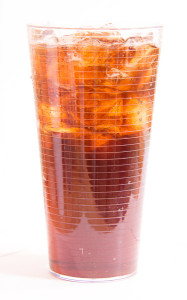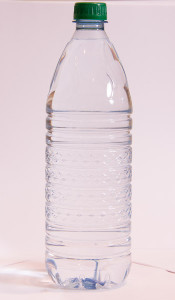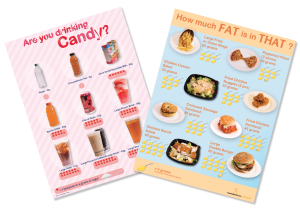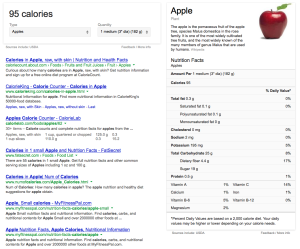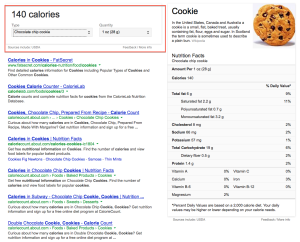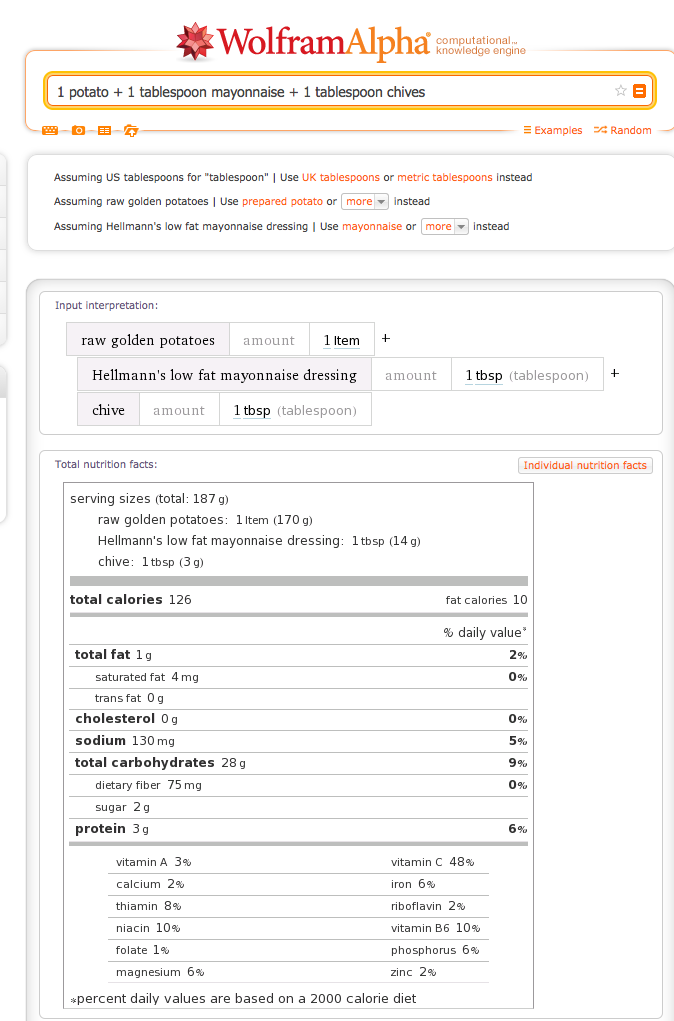Our Healthier Choices 123 materials provide a simple way to encourage people to make healthy lifestyle changes. The three step concept is perfect for all audiences, from busy, budget-conscious adults to short-attention-span kids.
Set up a health fair or table display with the Healthier Choices 123 poster or banner as the focal point. Then add an activity to go along with each step. Here are some ideas:
Step 1 – Drink water instead of sugary drinks.
- Fill an empty 20oz soda bottle with 16 teaspoons of sugar. Compare that to a bottle of water that has zero teaspoons of sugar.
- Energy drinks, teas, and sports drinks can have as much sugar as soda. Display bottles and cans of these beverages so people can check the grams of sugar per serving.
- Choose alternatives: water (add fruit or herbs) or unsweetened tea. Have a pitcher of ice water, small cups, and some cut up fruit for people to add.
- Replacing one can of soda per day with water saves more than 50,000 calories in a year. Think of the money you’ll also save (tap water is free!).
Step 2 – Choose activity instead of screens.
- How many more calories do you burn by moving instead of sitting? At least twice as many!
- Replacing 30 minutes of screen time with 30 minutes of brisk walking will help you burn an extra 40,000+ calories per year.
- Write different 10-minute activities on small pieces of paper or index cards (walk the dog, do laundry, vacuum, shoot baskets, etc). Fold them and put them in a large bowl or jar. Let each person take out three. When they do all three in a day, they’ll have moved for 30 minutes.
Step 3 – Choose fruits and veggies instead of sugary or fried foods.
- Fruits and vegetables have fewer calories but more nutrients compared to foods like chips, French fries, and cookies.
- Replacing a bag of chips with an apple will save you 25,550 calories per year.
- Use food models, pictures, or real food to compare calories in fruit- and vegetable-rich meals vs higher fat choices. For example, you could show two meal choices at McDonald’s: a southwest grilled chicken salad (350 calories) vs a double cheeseburger & medium fries (770 calories).
As a take-home message, set out blank index cards and colorful markers. Ask people to write or draw the healthier choice they plan to make for each step. Tell them to keep the card in their wallet or on their refrigerator – wherever it will remind them of the changes they want to make.
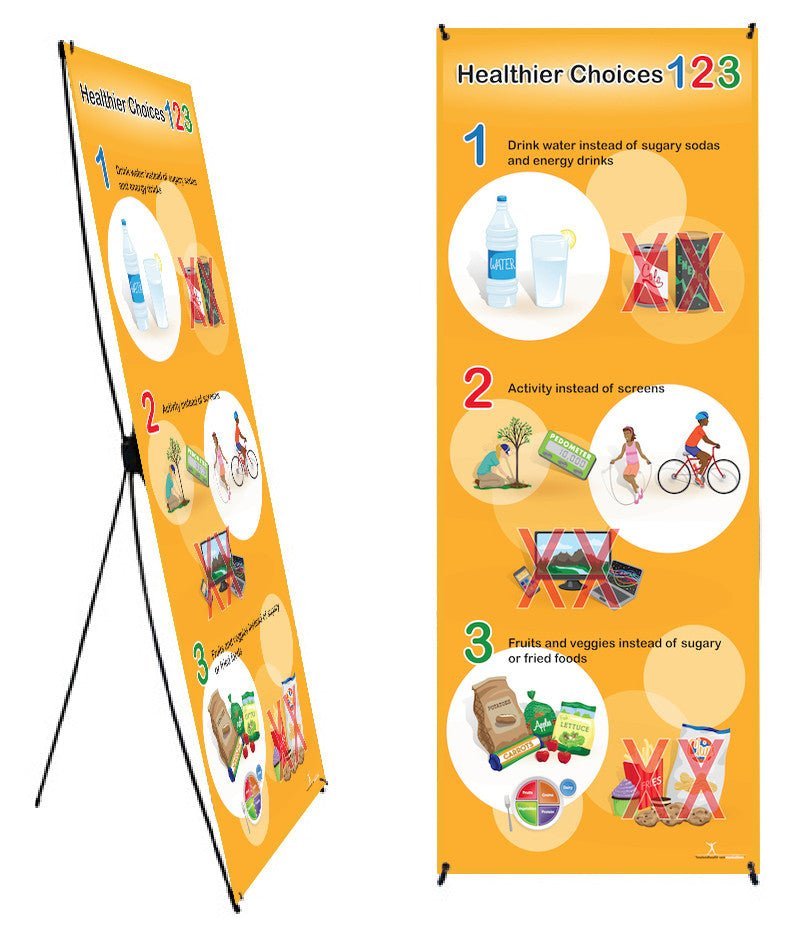
Healthier Choices 123 Banner Stand 24" X 67" - Health Fair Banner Featuring Choose MyPlate 24" X 67"
$125.00 $135.00
Add to Cart

MyPlate Handout Tearpad
$42.00 $46.00
Add to Cart
Click here to get 15% off this collection for the first week of April 2019.




